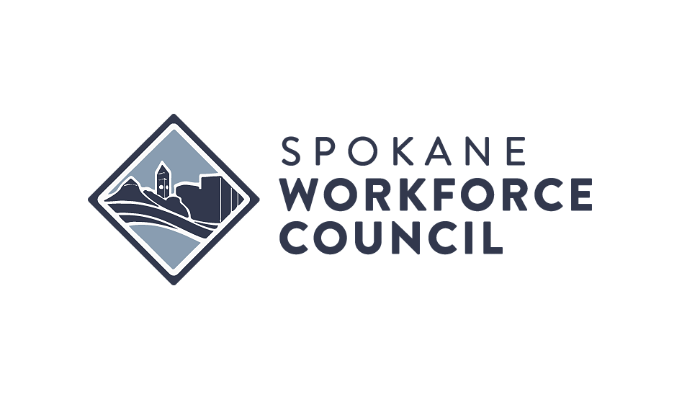
Human-Centered: Putting People Before Procedures
December 20, 2019
At a Glance
Future-Focused Workforce Board Behaviors | Workforce boards that design and implement human-centered systems and processes ensure that all people, regardless of their situation, have equitable access to services and opportunities.
Workforce boards and American Job Centers (AJCs) are uniquely positioned to serve as comprehensive support systems for the people in their communities. Many people enter the workforce system frustrated and overwhelmed by the challenges they face in trying to enter or re-enter the workforce with limited skills and experience. Others face a wide range of obstacles, including disabilities, prior incarceration, language barriers, or a lack of reliable transportation or child care. If workforce boards don’t take a human-centered approach to service design and delivery, it can be difficult or impossible for these individuals to access basic services that are essential to finding gainful employment.
A human-centered approach to providing services is one of four future-focused behaviors identified by AWAKE, an initiative at JFFLabs that scans the workforce market and system to call attention to how workforce boards and professionals are evolving and adapting with advances in technology and data. These behaviors were vetted by a diverse group of workforce professionals from across the country to ensure that they are reflective of the core characteristics, priorities, and commitments needed to prepare and transform America’s workforce system to ensure that all workers and learners succeed.
Human-Centered: Putting People Before Procedures
Future-focused workforce boards promote policies, programs, and products that are designed and delivered in ways that prioritize positive user experiences. They are intent on meeting the needs of customers and strive to eradicate system limitations that hinder responsiveness.
Challenge
Much of what is understood to be “technology” in the workforce system was designed for reporting, oversight, and assessing eligibility for funding. It was not designed to serve the real people who make up the typical workforce board’s clientele.
Challenge
Many workforce boards are adopting policies and procedures that put people first and improving their use of technology to make information more accessible to all of their customers. They are finding ways to make processes less onerous, because they are recognizing that the people who come through their doors are often in need of much more than a job. They know that their customers are dealing with difficult circumstances and challenges, and they realize that they must respond with empathy, kindness, patience, and compassion. In the best cases, workforce professionals are finding ways to provide human-centered services in spite of cumbersome, antiquated hardware and software systems.
Opportunity
Workforce boards and AJCs are ideal proving grounds for iterative pilot tests of new and innovative consumer-facing tools and employment technologies. Workforce boards must encourage their AJC providers to experiment with new user-friendly tools that provide improved customer experiences and help people more easily access the resources they need in a timely fashion.
Featured Stories



Leaders and organizations committed to a human-centered approach to providing workforce services are working to ensure that workforce boards and AJCs are seen as people-focused, responsive, community-driven, and representative of those they serve.
“The workforce system is very employee- and employer-focused. Those lines become more and more skewed as people increasingly work independently. How does this impact the work we do? Current rules and definitions are so antiquated that we don’t have the vocabulary to talk about what we actually want to impact. ”

Related Content

How Workforce Boards Show the Way Toward the Future of Work
Future-focused workforce leaders excel in today’s rapidly changing world. About Future-Focused Workforce Boards In addition to clarifying the challenges and opportunities facing the workforce development system, AWAKE’s interviews with workforce board leaders revealed a clear…

AWAKE
Workforce boards support 15 million Americans each year. JFF provides insights and advice to workforce leaders as they navigate change. The future of work is now, and many workforce boards are aggressively pursuing greater efficiency,…

JFFLabs
JFFLabs is the Jobs for the Future innovation lab—we catalyze new ways to achieve our mission at JFF and with our partners. JFFLabs is the Jobs for the Future innovation lab—we catalyze new ways to…

Workforce Boards Focus on Building Deeper Connections
Workforce boards and American Job Centers were built on the model of in-person service delivery and serve as important access points for people who need to connect to social supports that ease their transition from…